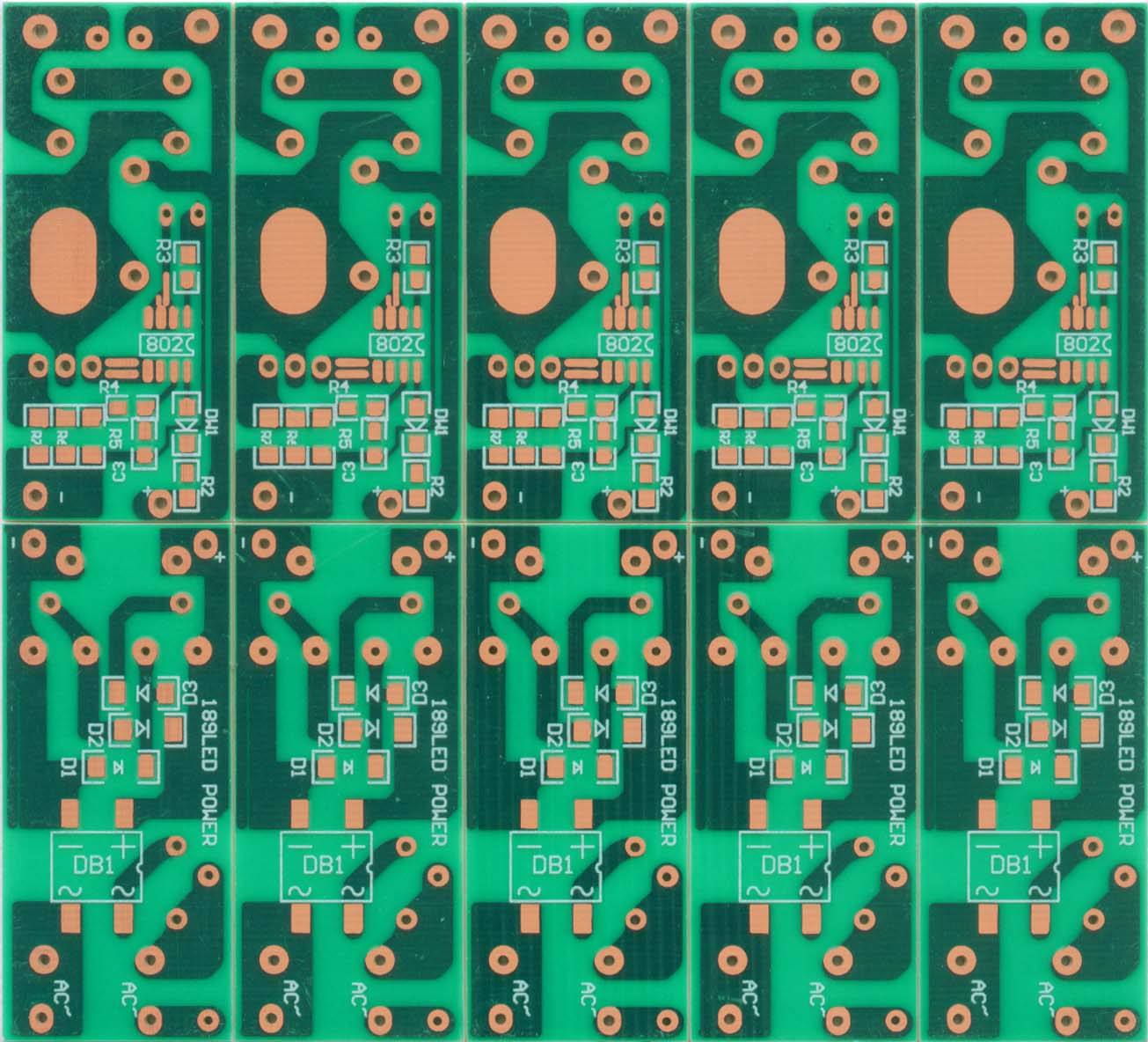OSP (organic solvency preservation) is a kind of organic film grown by chemical method on the clean bare copper surface. This film has anti-oxidation, heat shock resistance and moisture resistance, which is used to protect the copper surface from further rusting (oxidation or vulcanization, etc.) in the normal environment. However, in the subsequent welding high temperature, the protective film must be easily removed by the flux, so that the exposed clean copper surface can immediately combine with the molten solder to form a firm solder joint in a very short time?
Advantages of OSP surface treatment:
The smooth surface is good, and there is no IMC between the copper and the pad. It is allowed to weld directly between the solder and copper (good wettability), low-temperature processing technology, low cost (lower than HASL), less energy consumption during processing, etc.
Disadvantages of OSP surface treatment:
Of course, OSP also has its shortcomings, such as many kinds of actual formula and different performance. In other words, the certification and selection of suppliers should be done well.
The disadvantage of OSP process is that the protective film is very thin and easy to scratch (or scratch), so it must be operated and operated carefully. At the same time, after many times of high temperature welding process, the OSP film (refers to the OSP film on the non welded connecting plate) will change color or crack, which will affect the solderability and reliability.
The organic coating on the surface of
OSP PCB is very thin. If it is exposed to high temperature and high humidity for a long time, the PCB surface will be oxidized, and the solderability will be poor. After reflow soldering, the organic coating on the surface of PCB will also become thinner, resulting in the oxidation of PCB copper foil.

